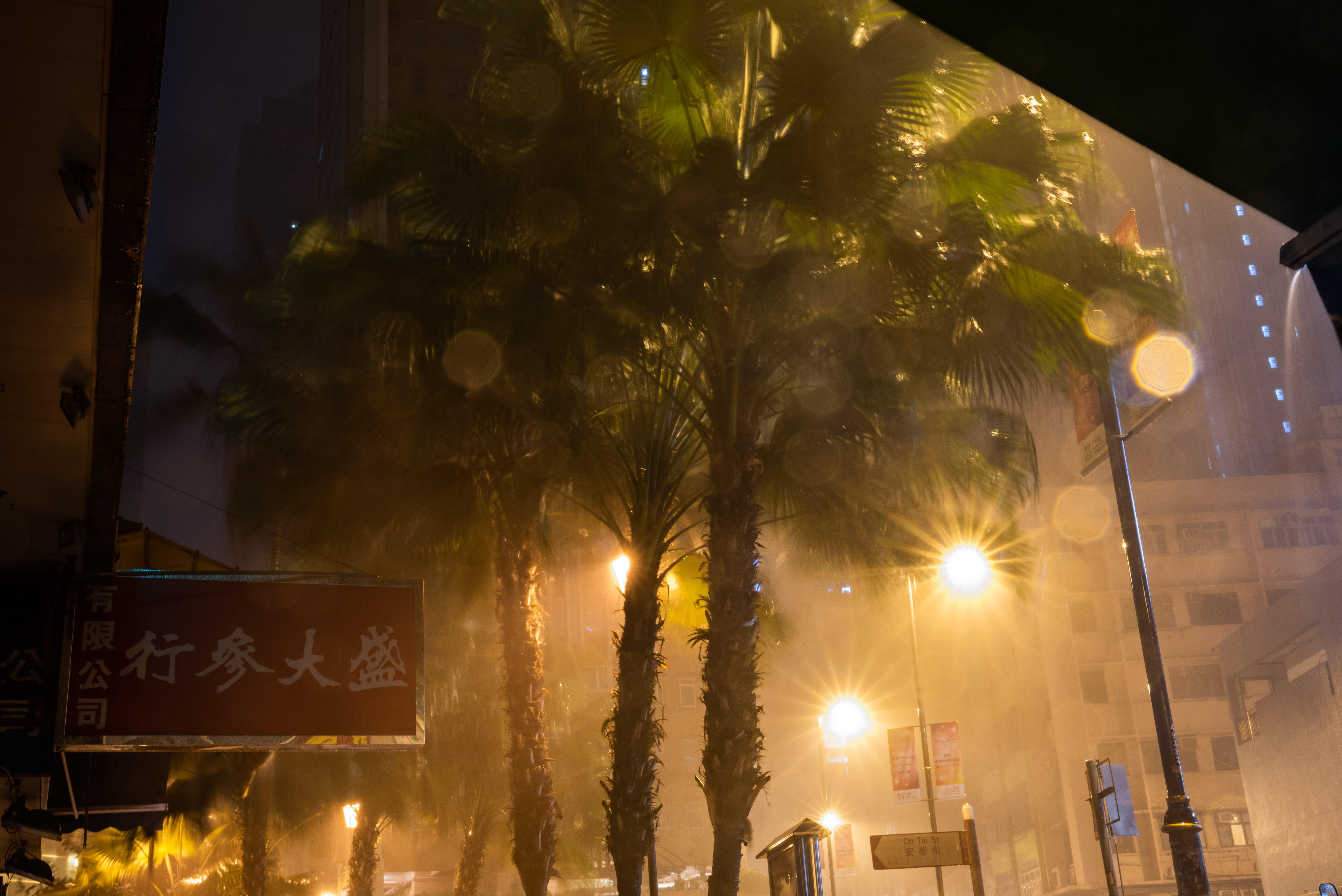On November 16, the RRJ published a piece on CBC’s Johanna Wagstaffe and the audience reaction to reporting on climate change. This week, we interview CBC’s Asia correspondent, Saša Petricic, on what factors he considers when reporting on natural disasters.
Historically, last year was one of the worst years for natural disasters in the Western world. Gert, Harvey, Irma, Hose, Maria—these are just a few of the hurricanes that ripped through North America during 2017’s Atlantic hurricane season.
There was an abundance of coverage, with reporters getting trademark wind-comb-overs and grappling with pelting rain showers during live television. On CNN’s website, headlines like “City by city, destruction left behind” topped stories featuring geographically categorized subheadings that briefs readers on the state of their region.
Another typical headline, “Irma evacuees flee with what’s most precious: Their lives”, sets up several stories of people who made decisions on what to leave behind in the wreckage. A few articles tell feel-good stories that warm the heart while others are clickable one-offs that’ll be good for a discussion starter at the dinner table.
Enter 2018: a Pacific hurricane season that is taking the spotlight.
We don’t always see it, but the Pacific has had its fair share of storms this year. Typhoon Mangkhut is the latest natural disaster that hit so hard it shook a bit of North American media. Once again, this spurred informative articles: how many died, where did it hit, what was the disaster like, how do people feel? What we seldom see, are stories that link these atrocities to climate change.
Saša Petricic has been working as CBC’s Asia correspondent for two and a half years and has been covering climate change for about 20 years. His recent work has shown Canadians what reality is like for countries in the Southeast, and says he doesn’t try to make a direct connection to climate change, primarily because that connection hasn’t necessarily been determined yet.
“I think you have to put whatever you are covering into context,” Petricic says. “And in the case of typhoons, and the case of really any natural disaster, you have to explain how this fits into a continuum of storms.” However, there is a distinction imperative to his professional work and to journalists as a whole— he’s not trying to prove anything.
In speaking about reporting from disaster-torn areas, Petricic says that “is not necessarily the place to do a huge exposé or summary of everything that is going on in terms of climate change,” but there is space for context on how this storm, these injured people, this devastated area, is part of a larger story.
Scientists who Petricic has spoken to have never unreservedly said these devastations are a direct result of climate change; that’s for the people to figure out. “I think that people have in fact started to think about climate change every time they see a story about a typhoon.” This, even before the media remind the public of the dangers of climate change. Petricic says that providing clear information is how the conversation gets started and continues: “I don’t think I need to hit people over the head with the fact that an increased severity of weather on the other side of the world may be telling them something about their own backyard.”
Alanna Mitchell, an award-winning Canadian science journalist and author, says that context is something that journalists need to include in their coverage: “We are in the process already of climate change and extreme events are characteristic of what the world looks like as the climate changes. It’s our duty to point these things out.”
Mitchell says the job of a journalist is to take a critical look at situations and convey that to the audience. “Our job as journalists is to provide context; we’re not stenographers,” she says. “It’s quintessentially our job to do this.”
